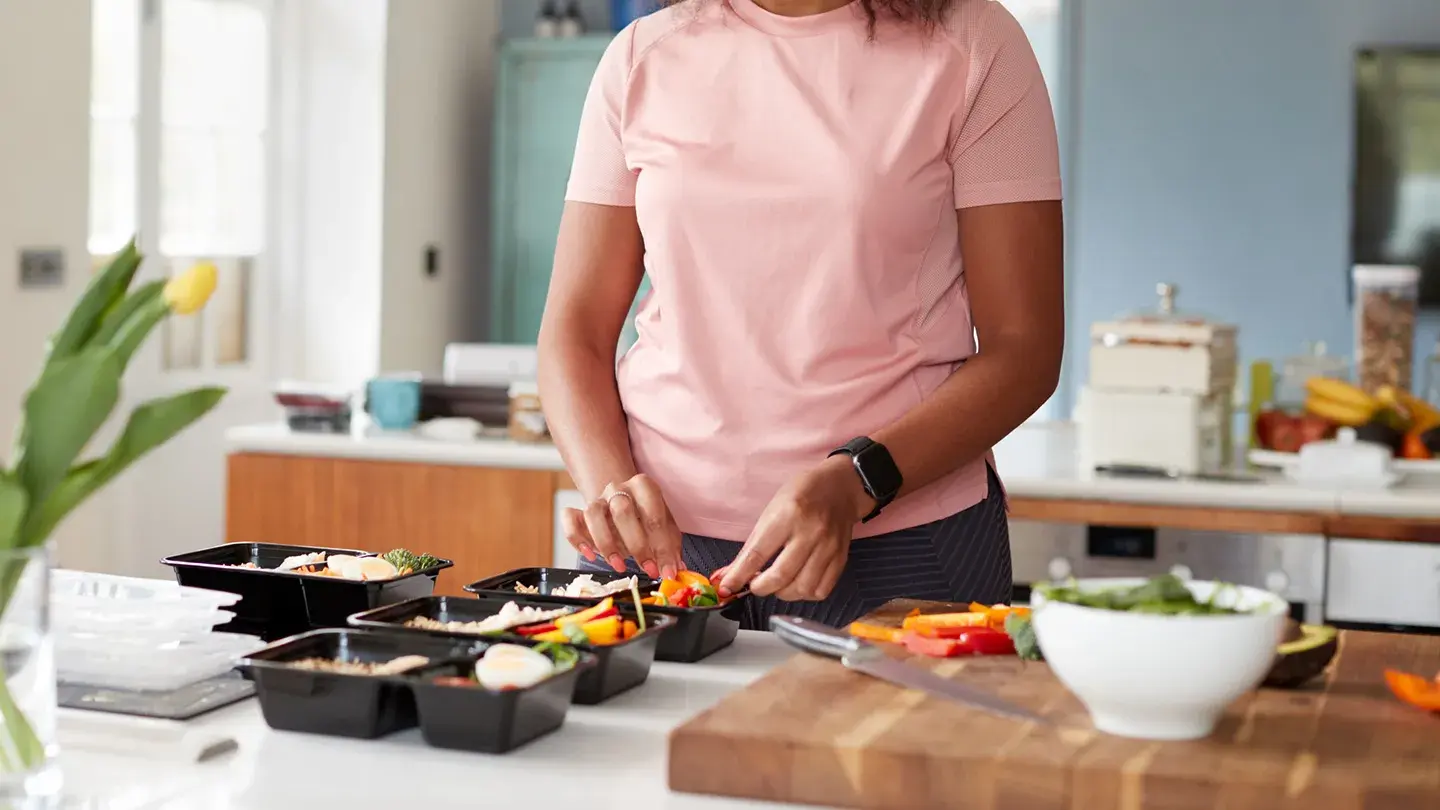In cooking, many people obsess over flavor or technique. However, weight is quietly the secret sauce behind many results in your kitchen.
From baking accuracy to portion control, understanding the impact of weight on food and tools can level up your cooking game without any extra complexity.
Let’s break down this overlooked, yet essential role of weight in real-world cooking and meal prepping.
⚖️ Baking Is a Science Lab – and Weight Is the Measuring Stick
While stovetop cooking can be forgiving, baking is ruthless. A cake doesn’t care how experienced you are, as it only cares about ratios. And here’s the kicker: measuring flour by volume (cups) can introduce a 20–30% difference depending on how tightly it’s packed, your scoop method or even humidity.
That’s why pros (and smart home bakers) use digital kitchen scales. They help standardize your doughs, batters and dry mixes – especially when working with tricky recipes like sourdough, macarons or gluten-free treats.
If you’re starting out with meal prep gear, a simple food scale is one of the most overlooked but high-ROI kitchen tools. It’s a staple in any well-organized meal prep kitchen toolkit, right up there with sharp knives and stackable containers.
🥩 Weight Is the Missing Piece in Portion Control
Let’s say you’re trying to eat a bit cleaner or manage macros. Eyeballing portions might feel easy, but it can backfire fast. That chicken breast that looks “medium” might be 250g instead of 150g. And that little scoop of rice is probably not so little.
Multiply those small misjudgments across a week and you’re hundreds of calories off without realizing it.
Using weight instead of volume is a simple way to stay consistent with portions without starving yourself or relying on pre-packed meals. Whether you’re prepping bulk lunches or managing leftovers, this kind of accuracy saves time, and keeps you on track.
This matters even more when using compact appliances that don’t hold as much. You’ll want to portion smart, especially with solo-friendly gear like air fryers. Not sure what size to get? Here’s a no-nonsense guide to choosing the right air fryer size for one or two people.
🍞 Weight Helps You Master Ingredient Substitutions
A cup isn’t always a cup. One cup of almond flour isn’t the same density – or result – as one cup of wheat flour. It is the same with honey vs maple syrup or rolled oats vs steel-cut.
When you cook by weight you don’t just avoid dry muffins or soupy batters. You actually get to know your ingredients better. This makes recipe conversions easier.
🛠 Even Your Cookware’s Weight Changes Results
Ever notice how some pans hold heat longer, or why certain air fryer baskets feel sturdier than others? That’s because of tool weight affecting performance. A heavier cast iron pan sears better and distributes heat more evenly. A flimsy baking sheet warps at high temps and throws off your cookies.
The same logic applies to kitchen gadgets. Heavier, more stable scales tend to be more accurate and durable. Compact doesn’t have to mean cheap, it just has to be balanced, with the right materials in the right spots.
Summary
Cooking can be about instinct but also about control. And when you start thinking in terms of grams instead of guesstimates, your meals become more consistent and your tools more effective.
Whether you’re batch prepping lunches or downsizing to a single-person kitchen, weight is the silent variable that can enhance every decision you make.

